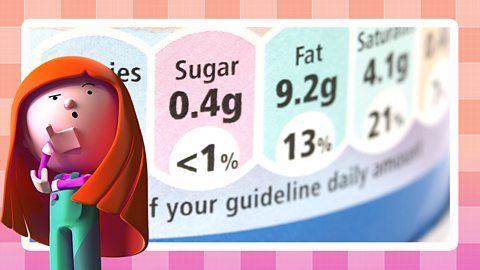Article created in partnership with the .
Where does energy come from?
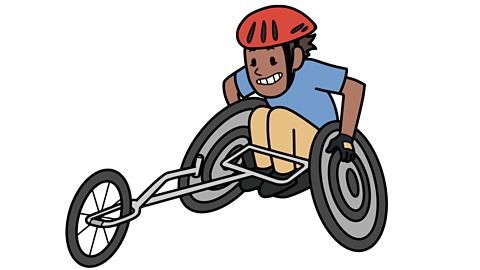
Food and drinks, except water, act as ÔÇśfuelÔÇÖ for the body because they provide energy.
We need energy for everything we do.
We need energy to function, for example, to keep our heart beating, to breathe, grow, blink and think.
We also need energy to be active, for example, to move, play, run and do sports.

How much energy is in our food?
Energy from food and drinks is measured in Kilojoules (kJ)Kilojoules are a metric measurement of energy..
Another unit we can use to measure energy in is Kilocalories (kcal)Kilocalories are an imperial measurement of energy.. People often shorten kilocalories to ÔÇścaloriesÔÇÖ.
Kilojoules is the metric measurement for energy. Other metric units of measurement are centimetres, metres and kilometres.
Kilocalories is the imperial measurement. Other imperial units of measurement are inches, feet and miles.
Food labels
A food label usually shows the amount of energy in a food.
The energy information is shown per 100g of a food. Using per 100g makes it easier to compare the amount of energy in different foods.
Some food labels also show how much energy is in a serving. The serving is the amount of the food we are recommended to eat.
Here is a food label for wholemeal bread. The label shows the amount of energy in 100g of bread and in one slice of bread.
It also shows the amount of fat, carbohydrate, fibre and protein in 100g and one slice of the bread.
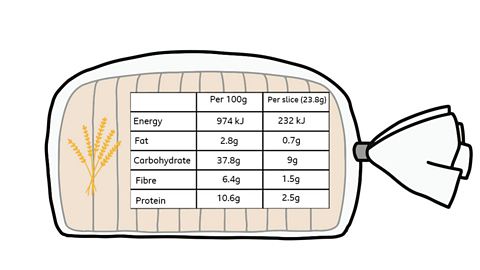
Which food provides the most energy?
This slideshow shows the energy in kilojoules for 100g of different foods.
Can you spot which type of food provides the most energy per 100g?
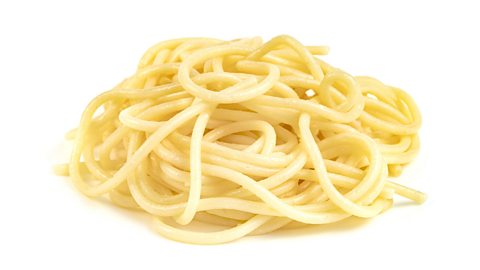
Image caption, Cooked spaghetti
Cooked spaghetti provides 696 kJ of energy per 100g.
Image caption, Mixed unsalted nuts
Mixed unsalted nuts provide 2,700 kJ of energy per 100g.
Image caption, Apple
An apple provides 227 kJ of energy per 100g.
1 of 3
Energy in food

Some foods are higher in energy than other foods.
For example, foods that contain fat are usually 'high' in energy. These include oil, butter, nuts and chocolate.
Fruit and vegetables are usually 'low' in energy.
We need to eat a smaller amount of foods that are high in energy.
This is to make sure that the rest of our energy, and all the different NutrientsNutrients are substances found in food that carry out certain jobs in the body. that we need, can come from a variety of other foods.
To find out more about nutrients, take a look at What are nutrients?

How serving size affects energy
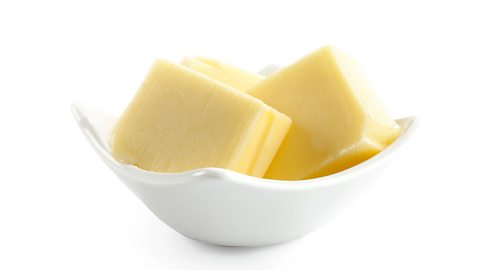
It is useful to look at the energy in 100g of different foods to help us to compare them, but we donÔÇÖt eat 100g of all foods.
If we have a smaller or larger amount of a food, the energy it provides changes.
For example, 100g of butter provides 3,062 kJ of energy. However, a serving of butter is around 10g.
10g of butter provides 306 kJ of energy.

How much energy do we need?
Different people need different amounts of energy.
The amount of energy someone needs each day depends on their age, if they are male or female and how active they are.
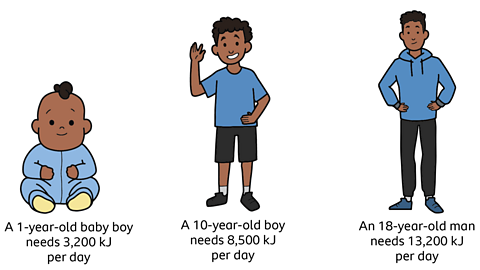
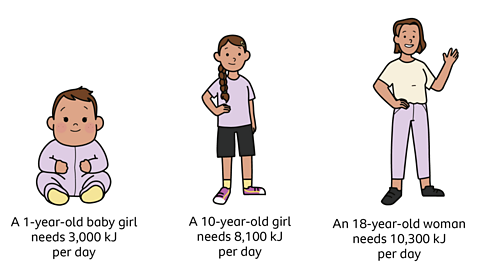
Energy and activities
Different activities use different amounts of energy.
Here are some examples of the amount of energy a child in primary school would roughly use doing different activities for 15 minutes.

Image caption, Swimming
Swimming uses around 357 kJ.
Image caption, Running
Running uses around 212 kJ.
Image caption, Getting dressed
Getting dressed uses around 85 kJ.
Image caption, Watching television
Watching television uses around 35 kJ.
1 of 4
Key words
| Kilojoules (kJ) | Kilojoules are a metric measurement of energy. |
| Kilocalories (kcal) | Kilocalories are an imperial measurement of energy. |
| Nutrients | Nutrients are substances found in food that carry out certain jobs in the body. |
Quiz: Which food provides the most energy?
Can you find the foods that provide the most energy? Have a go at this quiz to find out.
More on Cooking and nutrition
Find out more by working through a topic
- count10 of 13
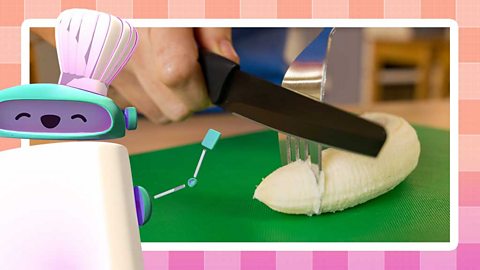
- count11 of 13
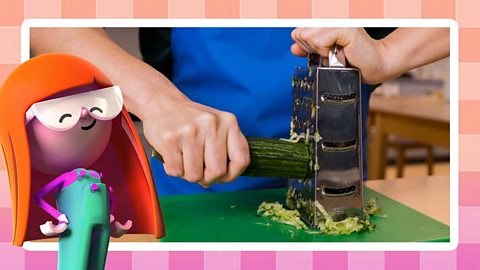
- count12 of 13
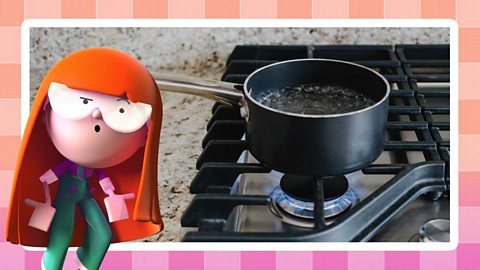
- count13 of 13
